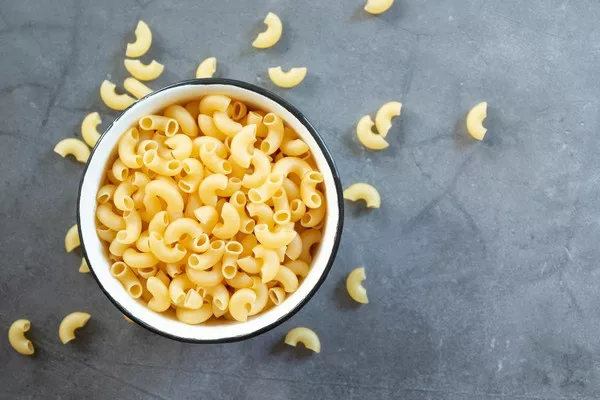Freezing cooked macaroni is a common practice for those seeking to extend the shelf life of this beloved pasta dish. However, questions may arise regarding the safety, taste, and texture of frozen cooked macaroni. In this article, we will delve into the topic of freezing macaroni, exploring the proper methods, potential pitfalls, and tips to ensure optimal results. Join us as we unravel the mysteries surrounding the freezing of cooked macaroni.
1. Is it Safe to Freeze Cooked Macaroni?
The short answer is yes, it is generally safe to freeze cooked macaroni. Freezing helps prevent bacterial growth and can preserve the quality of the pasta. However, it’s crucial to follow specific guidelines to maintain food safety standards.
2. Guidelines for Freezing Cooked Macaroni:
a. Allow the macaroni to cool: Before freezing, allow the cooked macaroni to cool completely at room temperature. This prevents condensation from forming and helps retain the pasta’s texture.
b. Portioning: Divide the cooked macaroni into smaller portions suitable for your needs. This allows for easy thawing and minimizes food waste.
c. Airtight packaging: Transfer the cooled macaroni into airtight containers or freezer bags, removing as much air as possible to prevent freezer burn.
d. Labeling: Clearly label the containers with the date of freezing to keep track of storage time.
e. Freezer placement: Place the macaroni in the coldest part of the freezer (-18°C/0°F or lower) to ensure proper freezing and preservation.
3. Recommended Storage Duration:
While frozen cooked macaroni is safe to eat beyond its recommended storage duration, it’s best to consume it within 2-3 months for optimal taste and texture. After this period, the macaroni may suffer from freezer burn or a decline in quality.
4. Thawing Cooked Macaroni:
To thaw frozen cooked macaroni, transfer it to the refrigerator and allow it to thaw overnight. Alternatively, you can use the defrost function on the microwave if you’re in a hurry. Avoid thawing at room temperature, as this can lead to bacterial growth.
5. Reheating Frozen Macaroni:
Reheating frozen cooked macaroni is simple and can be done using various methods such as stovetop, oven, or microwave. Ensure the macaroni reaches an internal temperature of 74°C/165°F to eliminate any potential bacteria.
6. Maintaining Texture and Flavor:
To maintain the best texture and flavor when freezing cooked macaroni, consider these additional tips:
a. Slightly undercook the pasta: Cook the macaroni until it’s al dente rather than fully cooked. This prevents the pasta from becoming too soft during reheating.
b. Avoid creamy sauces: Cream-based sauces tend to separate and become grainy upon freezing and reheating. Consider using tomato-based or oil-based sauces instead.
c. Add sauce after reheating: If possible, prepare the sauce separately and add it to the cooked macaroni after reheating. This helps retain the pasta’s texture and prevents sauce absorption during freezing.
Conclusion:
Freezing cooked macaroni is a convenient way to preserve this versatile dish while ensuring food safety. By following proper guidelines for freezing, thawing, and reheating, you can enjoy delicious macaroni even after it has been frozen. Remember to pay attention to storage durations, labeling, and maintaining optimal conditions to ensure the best results. So go ahead, freeze that extra batch of macaroni, and enjoy a quick and satisfying meal whenever you desire!

